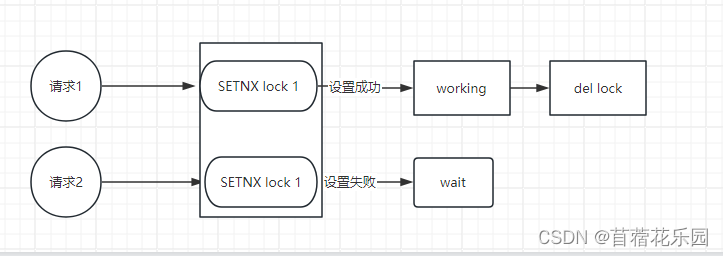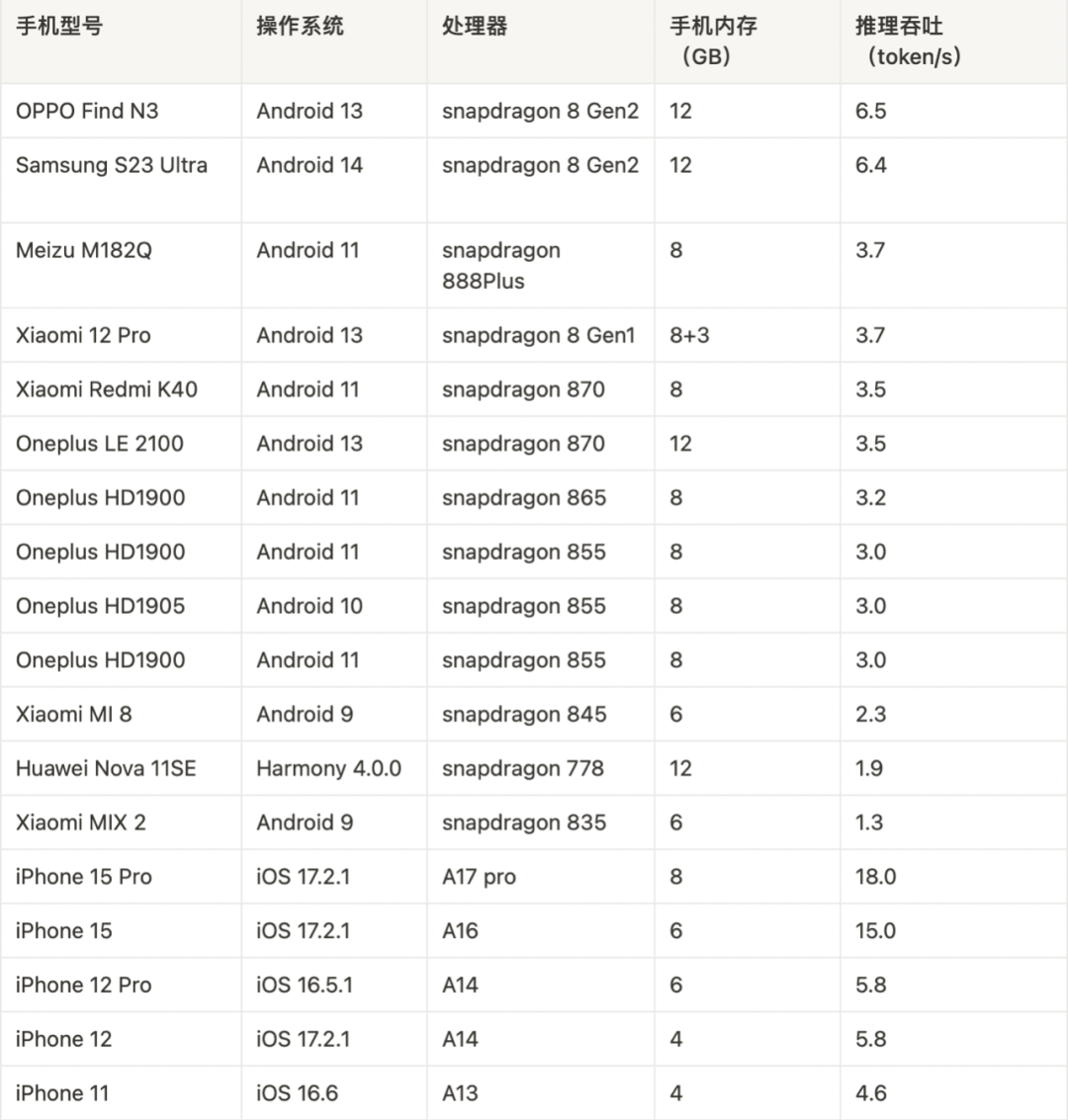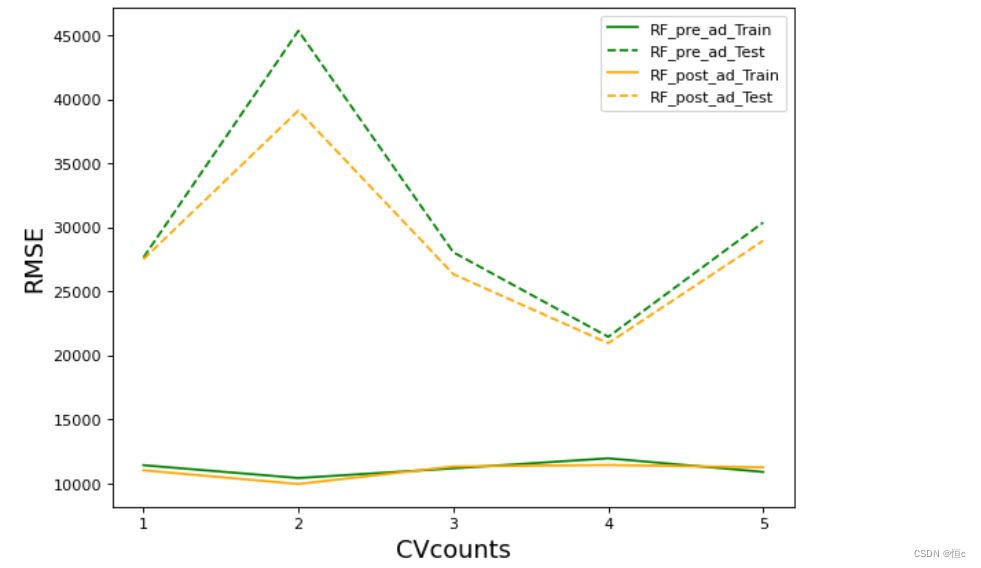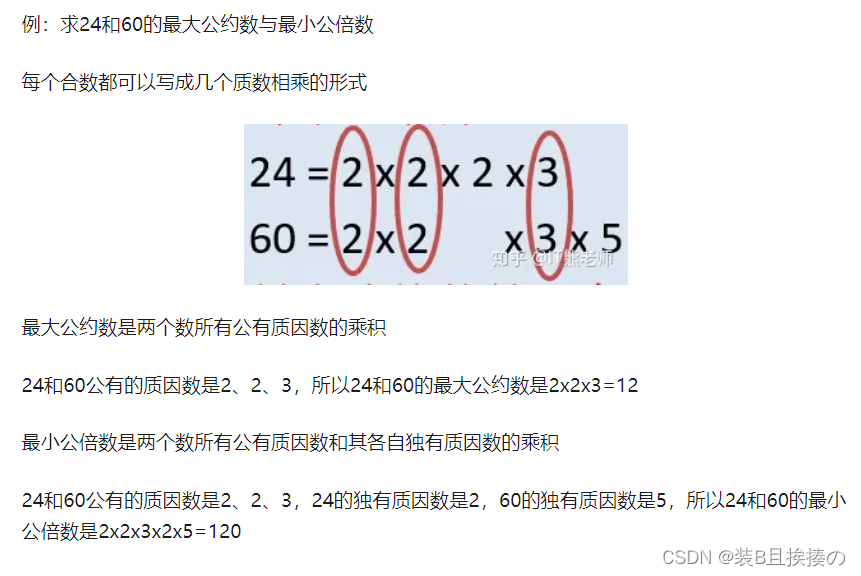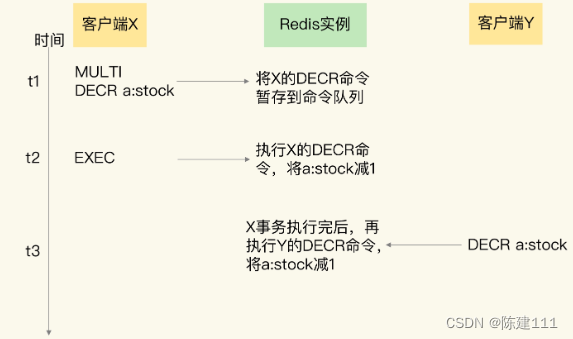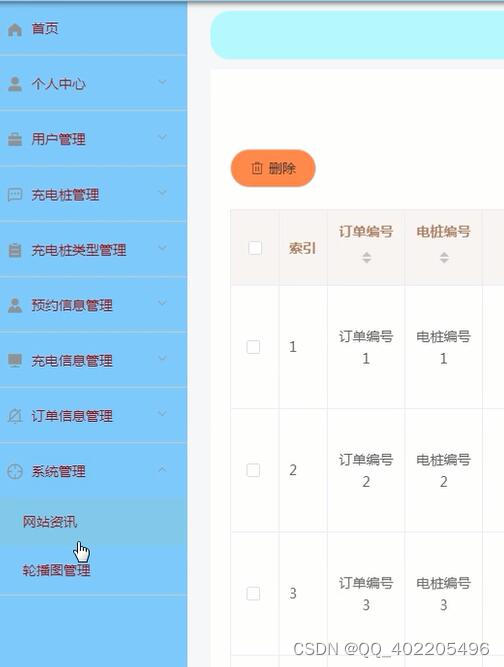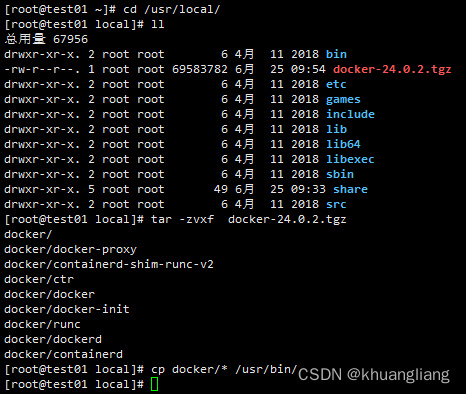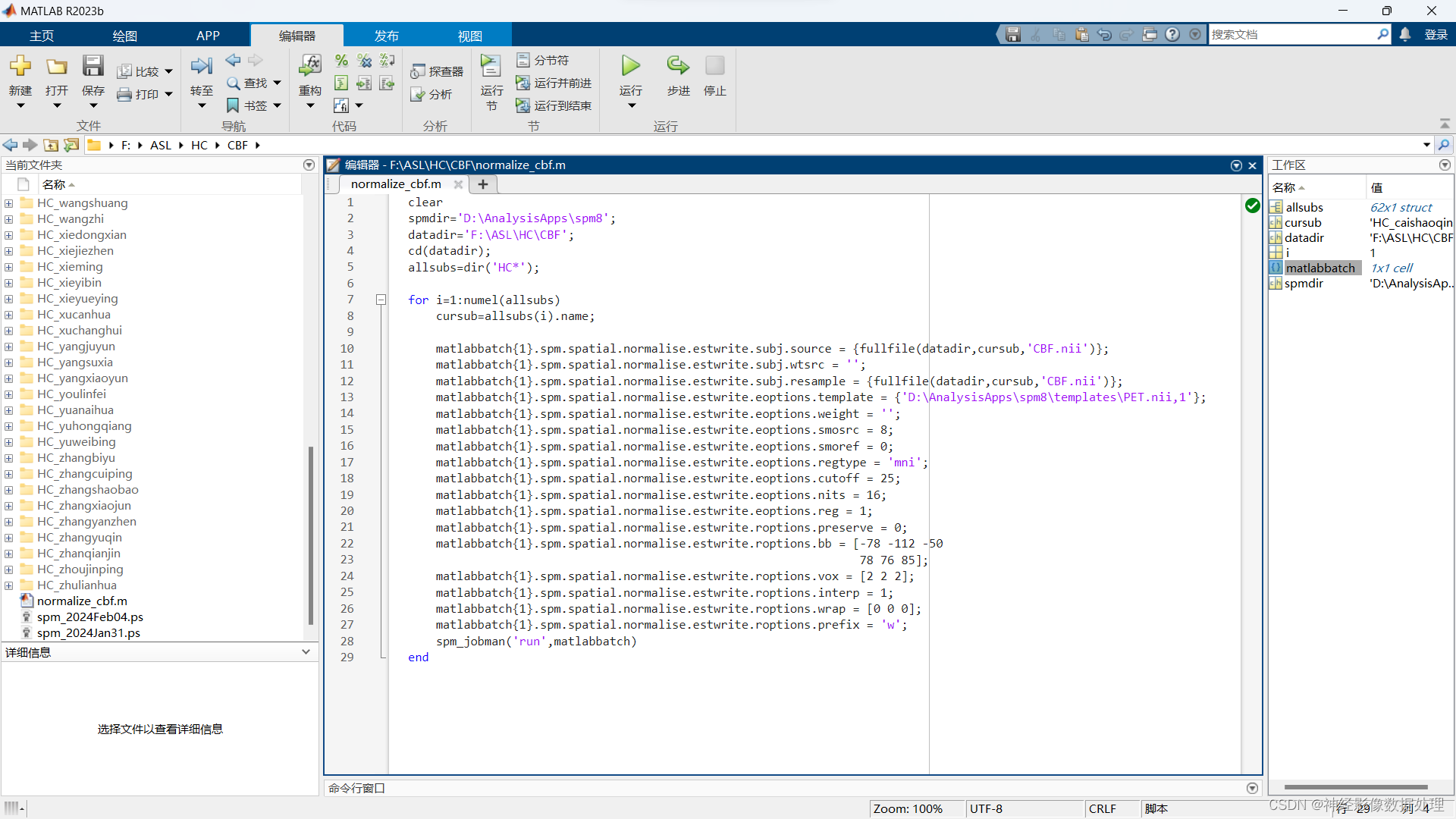最简单的基于 FFmpeg 的 AVfilter 例子(水印叠加)
- 最简单的基于 SDL2 的音频播放器
- 正文
- 工程文件下载
参考雷霄骅博士的文章,链接:最简单的基于FFmpeg的AVfilter例子(水印叠加)
最简单的基于 SDL2 的音频播放器
正文
FFmpeg 中有一个类库:libavfilter。该类库提供了各种视音频过滤器,有很多现成的 filter 供使用,完成视频的处理很方便。
该例子完成了一个水印叠加的功能。可以将一张透明背景的 png 图片(my_logo.png)作为水印叠加到一个视频文件上。需要注意的是,其叠加工作是在解码后的 YUV 像素数据的基础上完成的。
程序支持使用 SDL1.2 显示叠加后的 YUV 数据,也可以将叠加后的 YUV 输出成文件。
SDL1.2 库的免费下载链接:SDL1.2 - from 雷霄骅.zip
流程图:
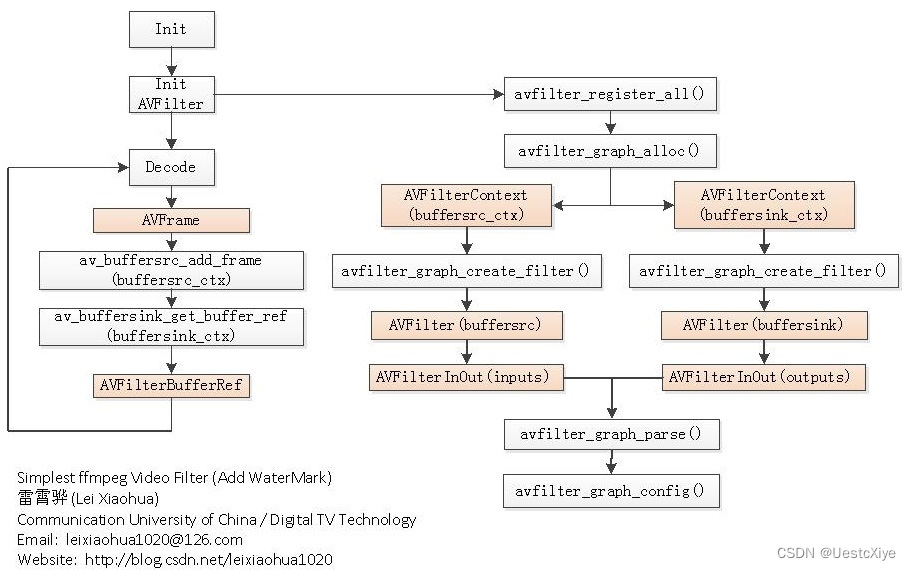
上面是一张使用 FFmpeg 的 libavfilter 的流程图。可以看出使用 libavfilter 还是需要做不少的初始化工作的。但是使用的时候还是比较简单的,就两个重要的函数:av_buffersrc_add_frame() 和 av_buffersink_get_buffer_ref()。
注:这张图中只列出了和 libavfilter 有关的函数和结构体。代码中其它函数可以参考雷霄骅博士的另一篇文章:100行代码实现最简单的基于FFMPEG+SDL的视频播放器(SDL1.x)
源代码:
// Simplest FFmpeg AVfilter Example.cpp : 定义控制台应用程序的入口点。
/**
* 最简单的基于 FFmpeg 的 AVFilter 例子(叠加水印)
* Simplest FFmpeg AVfilter Example (Watermark)
*
* 源程序:
* 雷霄骅 Lei Xiaohua
* leixiaohua1020@126.com
* 中国传媒大学/数字电视技术
* Communication University of China / Digital TV Technology
* http://blog.csdn.net/leixiaohua1020
*
* 修改:
* 刘文晨 Liu Wenchen
* 812288728@qq.com
* 电子科技大学/电子信息
* University of Electronic Science and Technology of China / Electronic and Information Science
* https://blog.csdn.net/ProgramNovice
*
* 本程序使用 FFmpeg 的 AVfilter 实现了视频的水印叠加功能。
* 可以将一张 PNG 图片作为水印叠加到视频上。
* 是最简单的 FFmpeg 的 AVFilter 方面的教程。
* 适合 FFmpeg 的初学者。
*
* This software uses FFmpeg's AVFilter to add watermark in a video file.
* It can add a PNG format picture as watermark to a video file.
* It's the simplest example based on FFmpeg's AVFilter.
* Suitable for beginner of FFmpeg
*
*/
#include "stdafx.h"
#include <stdio.h>
#include <stdlib.h>
// 解决报错:无法解析的外部符号 __imp__fprintf,该符号在函数 _ShowError 中被引用
#pragma comment(lib, "legacy_stdio_definitions.lib")
extern "C"
{
// 解决报错:无法解析的外部符号 __imp____iob_func,该符号在函数 _ShowError 中被引用
FILE __iob_func[3] = { *stdin, *stdout, *stderr };
}
#define __STDC_CONSTANT_MACROS
#ifdef _WIN32
// Windows
extern "C"
{
#include "libavcodec/avcodec.h"
#include "libavformat/avformat.h"
#include "libavfilter/avfiltergraph.h"
#include "libavfilter/buffersink.h"
#include "libavfilter/buffersrc.h"
#include "libavutil/avutil.h"
#include "libswscale/swscale.h"
#include "SDL/SDL.h"
};
#else
// Linux...
#ifdef __cplusplus
extern "C"
{
#endif
#include <libavcodec/avcodec.h>
#include <libavformat/avformat.h>
#include <libavfilter/avfiltergraph.h>
#include <libavfilter/buffersink.h>
#include <libavfilter/buffersrc.h>
#include <libavutil/avutil.h>
#include <libswscale/swscale.h>
#include <SDL/SDL.h>
#ifdef __cplusplus
};
#endif
#endif
const char *filter_descr = "movie=logo.png[wm];[in][wm]overlay=5:5[out]";
static AVFormatContext *pFormatCtx;
static AVCodecContext *pCodecCtx;
AVFilterContext *buffersrc_ctx;
AVFilterContext *buffersink_ctx;
AVFilterGraph *filter_graph;
static int video_stream_index = -1;
static int open_input_file(const char *filename)
{
int ret = 1;
AVCodec *dec;
if ((ret = avformat_open_input(&pFormatCtx, filename, NULL, NULL)) < 0)
{
printf("Can't open input file.\n");
return ret;
}
if ((ret = avformat_find_stream_info(pFormatCtx, NULL)) < 0)
{
printf("Can't find stream information.\n");
}
// select the video stream
ret = av_find_best_stream(pFormatCtx, AVMEDIA_TYPE_VIDEO, -1, -1, &dec, 0);
if (ret < 0)
{
printf("Can't find a video stream in the input file.\n");
return ret;
}
video_stream_index = ret;
pCodecCtx = pFormatCtx->streams[video_stream_index]->codec;
// init the video decoder
if ((ret = avcodec_open2(pCodecCtx, dec, NULL)) < 0)
{
printf("Can't open video decoder.\n");
return ret;
}
return 0;
}
// 功能:创建配置一个滤镜图,在后续滤镜处理中,可以往此滤镜图输入数据并从滤镜图获得输出数据
static int init_filters(const char *filters_descr)
{
// // args 是 buffersrc 滤镜的参数
char args[512];
int ret;
AVFilter *buffersrc = avfilter_get_by_name("buffer");
AVFilter *buffersink = avfilter_get_by_name("ffbuffersink");
AVFilterInOut *outputs = avfilter_inout_alloc();
AVFilterInOut *inputs = avfilter_inout_alloc();
enum AVPixelFormat pix_fmts[] = { AV_PIX_FMT_YUV420P, AV_PIX_FMT_NONE };
AVBufferSinkParams *buffersink_params;
filter_graph = avfilter_graph_alloc();
// buffer video source: the decoded frames from the decoder will be inserted here
snprintf(args, sizeof(args),
"video_size=%dx%d:pix_fmt=%d:time_base=%d/%d:pixel_aspect=%d/%d",
pCodecCtx->width, pCodecCtx->height, pCodecCtx->pix_fmt,
pCodecCtx->time_base.num, pCodecCtx->time_base.den,
pCodecCtx->sample_aspect_ratio.num, pCodecCtx->sample_aspect_ratio.den);
// create and add a filter instance into an existing graph
ret = avfilter_graph_create_filter(&buffersrc_ctx, buffersrc, "in",
args, NULL, filter_graph);
if (ret < 0)
{
printf("Can't create buffer source.\n");
return ret;
}
// buffer video sink: to terminate the filter chain
buffersink_params = av_buffersink_params_alloc();
buffersink_params->pixel_fmts = pix_fmts;
ret = avfilter_graph_create_filter(&buffersink_ctx, buffersink, "out",
NULL, buffersink_params, filter_graph);
av_free(buffersink_params);
if (ret < 0)
{
printf("Can't create buffer sink.\n");
return ret;
}
// endpoints for the filter graph
outputs->name = av_strdup("in");
outputs->filter_ctx = buffersrc_ctx;
outputs->pad_idx = 0;
outputs->next = NULL;
inputs->name = av_strdup("out");
inputs->filter_ctx = buffersink_ctx;
inputs->pad_idx = 0;
inputs->next = NULL;
// add a graph described by a string to a graph
ret = avfilter_graph_parse_ptr(filter_graph, filters_descr, &inputs, &outputs, NULL);
if (ret < 0)
{
return ret;
}
// check validity and configure all the links and formats in the graph
ret = avfilter_graph_config(filter_graph, NULL);
if (ret < 0)
{
return ret;
}
return 0;
}
int main(int argc, char* argv[])
{
int ret;
AVPacket packet;
AVFrame *pFrame;
AVFrame *pFrame_out;
int got_frame;
int frame_cnt;
av_register_all();
avfilter_register_all();
ret = open_input_file("cuc_ieschool.flv");
if (ret < 0)
{
goto end;
}
ret = init_filters(filter_descr);
if (ret < 0)
{
goto end;
}
FILE *fp_yuv = fopen("test.yuv", "wb+");
// 帧计数器
frame_cnt = 0;
// ---------------------------- SDL 1.2 ----------------------------
SDL_Surface *screen;
SDL_Overlay *bmp;
SDL_Rect rect;
// 初始化 SDL 系统
if (SDL_Init(SDL_INIT_VIDEO | SDL_INIT_AUDIO | SDL_INIT_TIMER))
{
printf("Could not initialize SDL - %s\n", SDL_GetError());
return -1;
}
screen = SDL_SetVideoMode(pCodecCtx->width, pCodecCtx->height, 0, 0);
if (!screen)
{
printf("SDL: could not set video mode - exiting.\n");
return -1;
}
bmp = SDL_CreateYUVOverlay(pCodecCtx->width, pCodecCtx->height, SDL_YV12_OVERLAY, screen);
SDL_WM_SetCaption("Simplest FFmpeg Video Filter", NULL);
// ---------------------------- SDL End ----------------------------
pFrame = av_frame_alloc();
pFrame_out = av_frame_alloc();
// read all packets
while (1)
{
if ((ret = av_read_frame(pFormatCtx, &packet)) < 0)
{
break;
}
if (packet.stream_index == video_stream_index)
{
got_frame = 0;
ret = avcodec_decode_video2(pCodecCtx, pFrame, &got_frame, &packet);
if (ret < 0)
{
printf("Decode Error.\n");
return -1;
}
if (got_frame)
{
pFrame->pts = av_frame_get_best_effort_timestamp(pFrame);
// push the decoded frame into the filtergraph
if (av_buffersrc_add_frame(buffersrc_ctx, pFrame) < 0)
{
printf("Error while feeding the filtergraph.\n");
break;
}
// pull filtered pictures from the filtergraph
while (1)
{
// get a frame with filtered data from sink and put it in frame
ret = av_buffersink_get_frame(buffersink_ctx, pFrame_out);
if (ret < 0)
{
break;
}
printf("Process %d frame.\n", frame_cnt);
if (pFrame_out->format == AV_PIX_FMT_YUV420P)
{
// Y, U, V
for (int i = 0; i < pFrame_out->height; i++)
{
fwrite(pFrame_out->data[0] + pFrame_out->linesize[0] * i, 1, pFrame_out->width, fp_yuv);
}
for (int i = 0; i < pFrame_out->height / 2; i++)
{
fwrite(pFrame_out->data[1] + pFrame_out->linesize[1] * i, 1, pFrame_out->width / 2, fp_yuv);
}
for (int i = 0; i < pFrame_out->height / 2; i++)
{
fwrite(pFrame_out->data[2] + pFrame_out->linesize[2] * i, 1, pFrame_out->width / 2, fp_yuv);
}
SDL_LockYUVOverlay(bmp);
int y_size = pFrame_out->width*pFrame_out->height;
memcpy(bmp->pixels[0], pFrame_out->data[0], y_size); // Y
memcpy(bmp->pixels[2], pFrame_out->data[1], y_size / 4); // U
memcpy(bmp->pixels[1], pFrame_out->data[2], y_size / 4); // V
bmp->pitches[0] = pFrame_out->linesize[0];
bmp->pitches[2] = pFrame_out->linesize[1];
bmp->pitches[1] = pFrame_out->linesize[2];
SDL_UnlockYUVOverlay(bmp);
rect.x = 0;
rect.y = 0;
rect.w = pFrame_out->width;
rect.h = pFrame_out->height;
SDL_DisplayYUVOverlay(bmp, &rect);
// Delay 40ms
SDL_Delay(40);
frame_cnt++;
}
av_frame_unref(pFrame_out);
}
}
av_frame_unref(pFrame);
}
av_free_packet(&packet);
}
fclose(fp_yuv);
end:
avfilter_graph_free(&filter_graph);
if (pCodecCtx != NULL)
{
avcodec_close(pCodecCtx);
}
avformat_close_input(&pFormatCtx);
if (ret < 0 && ret != AVERROR_EOF)
{
char buf[1024];
av_strerror(ret, buf, sizeof(buf));
printf("Error occurred: %s.\n", buf);
return -1;
}
system("pause");
return 0;
}
本程序可以直接在 Visual Studio 2015 上运行。
程序运行后,可以看到解码的 YUV420 画面,已经在左上角打上了 my_loog.png 水印。
程序输出:
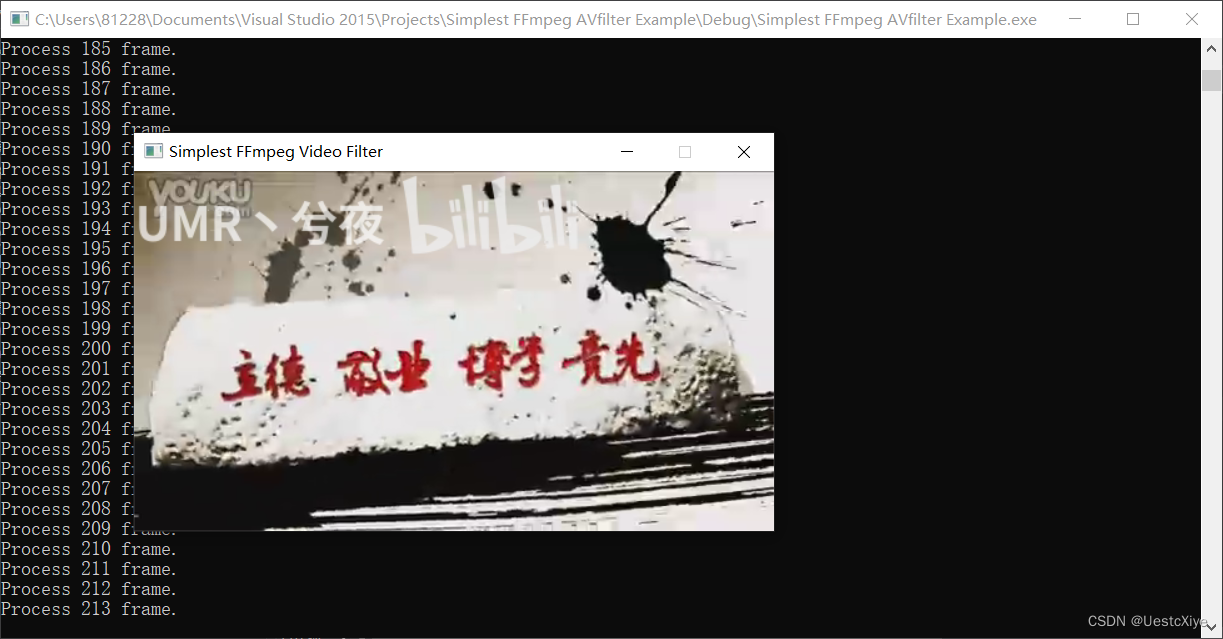
工程文件下载
GitHub:UestcXiye / Simplest FFmpeg AVfilter Example
CSDN:Simplest FFmpeg AVfilter Example.zip


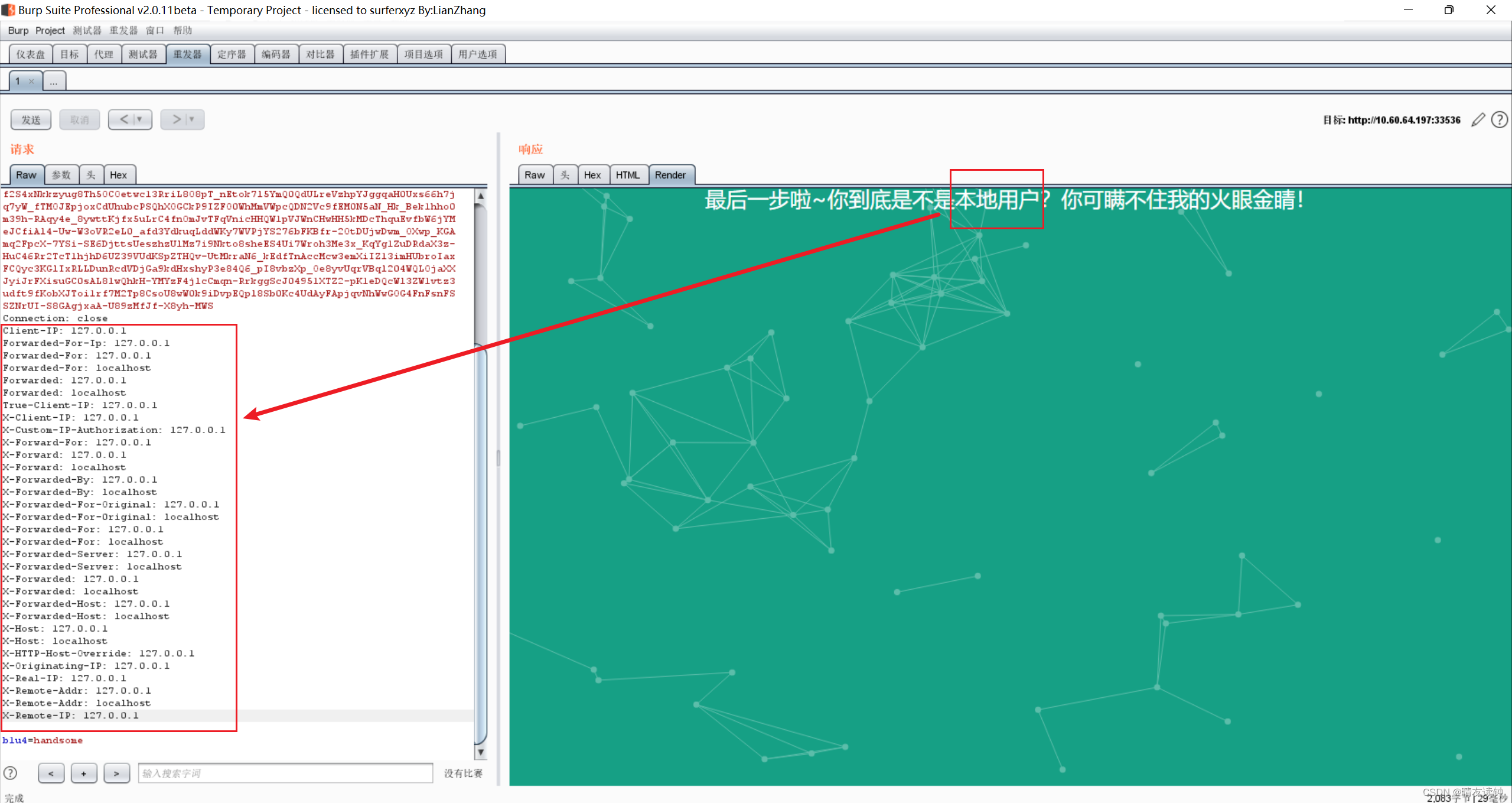
![[技术杂谈]如何下载vscode历史版本](https://img-blog.csdnimg.cn/direct/18e927e78e82496e80649940eb70a716.png)


